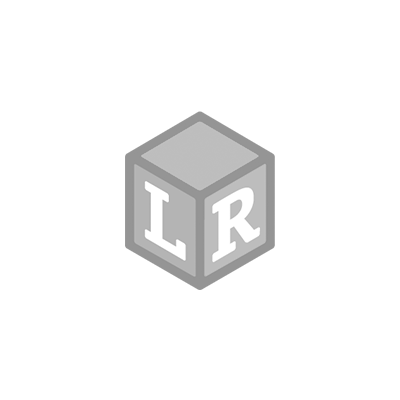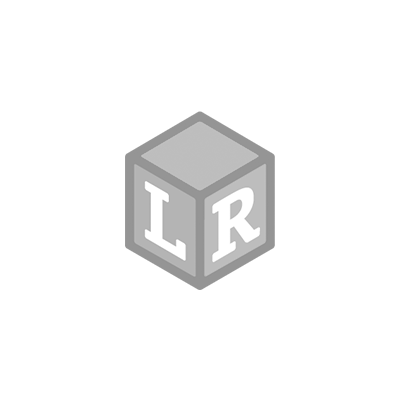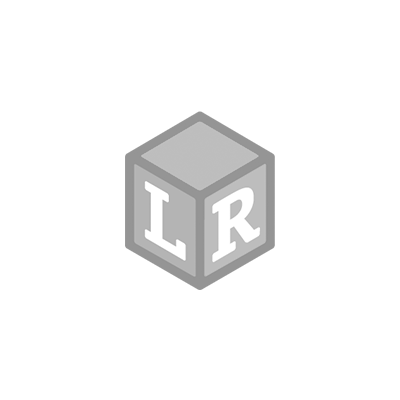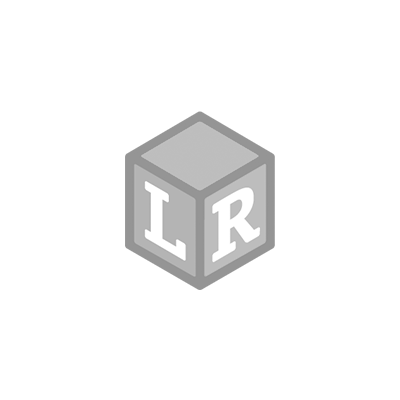Summer Brain Gain: Learn Up The Volume
- Gabrielle Fischer Posted On Jun 20, 2017 | STEM
Summer means school is out (for most of us). That makes it easy for the summer slide to happen. Summer learning loss where students lose academic skills over the summer break is a real issue. We can help prevent the summer slide by encouraging learning throughout the summer. Continue to read to our kids and encourage them to read as well. Incorporate math into their day. Set up simple activities that will engage their minds and practice basic skills. The volume and measuring activities I'm sharing today are great examples to try. They are easy to set up, kids will have fun with them, and they will be learning, too.
Learning about volume
Volume is the amount of space an object takes up or surrounds. It can be a challenging topic for young children to understand. The activities below introduce the concept of volume and address some common misconceptions.
Which Has the Greater Volume?
Pose this question to your children to pique their interest: Which container has the greater volume? (In more kid-friendly terms, you might ask: Which container can hold more water?)
What you'll need:
The Primary Science Mix and Measure set is perfect for this activity. Grab the following items from the set (or something similar).
- Tall 2-cup measuring cup
- Short 2-cup measuring cup
- Bowl
- Other measuring cups and spoons
- Water
For this activity, we're comparing the volume of the two 2-cup measuring cups. Ask your child: which container has the greater volume - the tall one or the short one? A common misconception among young children is that that a taller container will have a greater volume than a shorter container. They only consider one dimension (the height).
Let's design a way to find out which one holds more water. Ask your child to think of a solution. How can we test this?
Solution 1: Fill the tall container with water. Use the 1-cup measuring cup to determine how much water it holds. Repeat with the short container. How many cups of water does it hold? Both containers hold the same amount of water (2 cups).
Solution 2: Fill the tall container with water. Pour the water from the tall container into the short container. Does the short container overflow? (Then, the tall container holds more.) Does the short container have more room for water? (Then, the short container holds more.) In our case, the two containers are equal. They hold the same amount of water.
My very observant soon to be second grader noticed the numbers on the containers. I asked him which container had the greater volume and he immediately said the tall container. I asked him why and he said because it is taller. I asked him how we could test his answer. That's when he noticed the numbers. He said they both are 2 and the the bowl is 4, so they both hold the same amount and the bowl holds more. I told him that was a good observation, but we still needed to test it to see if he's correct. He came up with solution 2 above.
In our investigation above, both containers had the same volume. They held the same amount of space. Even after seeing that both containers hold the same amount, some children will still maintain the taller container holds more. It may take measuring the water a few times before they get it.
Repeat this investigation with other containers – larger bowls, smaller bowls, etc. Have your child predict if the new containers will hold more or less water than the 2-cup containers.
Make predictions with different containers
Pose another challenge using the measuring cups in the Primary Science Mix and Measure set. How many of one measuring cup will fit into another? Have your children predict how many half cups will fit into 1 cup and how many quarter cups will fit into a half cup. This is a good math review for fractions or just a cool way to practice counting and measuring.
You can also make predictions using other shaped containers. We had fun using the Primary Science Jumbo Test Tubes. These test tubes come in a set of 6 with a stand. They have lines on the test tubes, so it's great for measuring practice as well. I asked my son to predict the volume up to one line of the test tube. I asked, "How many measuring cups or tablespoons will it take to fill the test tube up to the first line?" My son predicted the 1/4 cup measuring cup would reach the first line. He tested it out. That was too much, so he tried again. This time with the tablespoon.
Find containers that are of similar sizes and predict which one holds more. I found a sprinkles container that was about the same size as the test tubes. We love using containers like these as a part of our simple science lab. After pouring the water from a test tube into the sprinkles container, we found the sprinkles container still had room for more. This meant it had the greater volume.
Remember it's all about having fun while adding in some learning opportunities. That's how we'll stop summer brain drain!
 Shop UK Site
Shop UK Site 

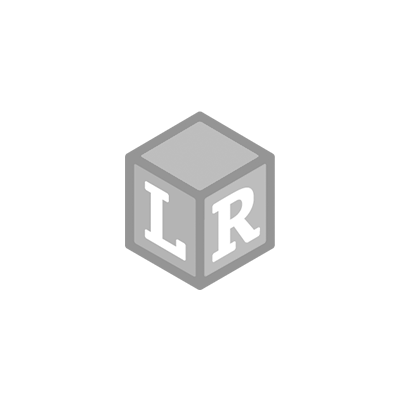
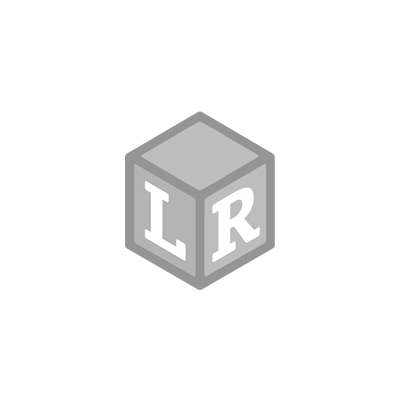
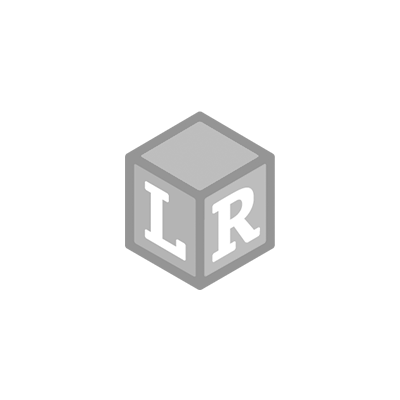



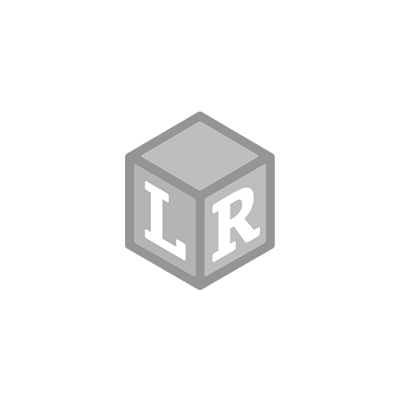
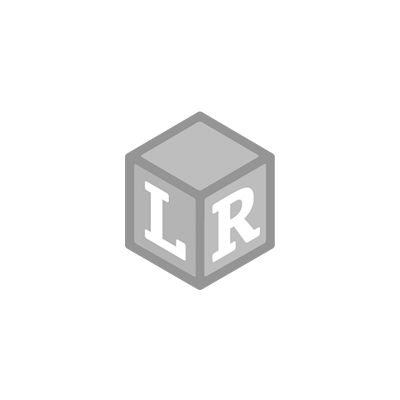
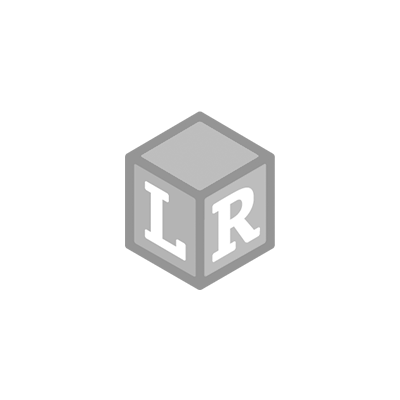
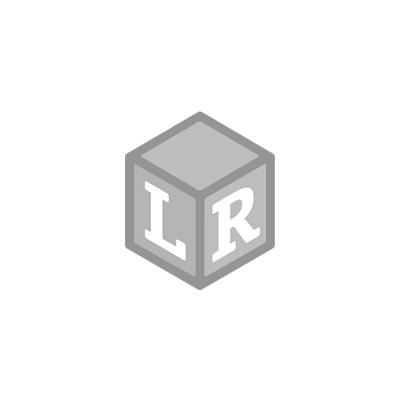
 Help us celebrate STEM-uary with a hands-on STEM experiment designed for you to do with your preschoolers at home! It's so much fun… your little ones might not even realize that they’re learning.Preschoolers are natural observers. Plus, they love scooping, pouring, mixing, and blending. In other words, they love science! You can encourage your child’s scientific curiosity and introduce some early scientific concepts with simple science experiments, like the concept...
Help us celebrate STEM-uary with a hands-on STEM experiment designed for you to do with your preschoolers at home! It's so much fun… your little ones might not even realize that they’re learning.Preschoolers are natural observers. Plus, they love scooping, pouring, mixing, and blending. In other words, they love science! You can encourage your child’s scientific curiosity and introduce some early scientific concepts with simple science experiments, like the concept...

 Now that your pint-sized smarty understands the concepts of solids, liquids, and gasses, take a lunchtime challenge!Point to her cup of milk and ask if what’s inside is a solid or a liquid. Now point to the PB & J (crusts cut off) on her plate and ask if that’s a solid or a gas. Finally, have her breathe out into a cupped hand and ask what’s there. She can’t see it, but her breath is a gas!If your little one loved this STEM-uary science experiment, let us know about it by emailing us at
Now that your pint-sized smarty understands the concepts of solids, liquids, and gasses, take a lunchtime challenge!Point to her cup of milk and ask if what’s inside is a solid or a liquid. Now point to the PB & J (crusts cut off) on her plate and ask if that’s a solid or a gas. Finally, have her breathe out into a cupped hand and ask what’s there. She can’t see it, but her breath is a gas!If your little one loved this STEM-uary science experiment, let us know about it by emailing us at 